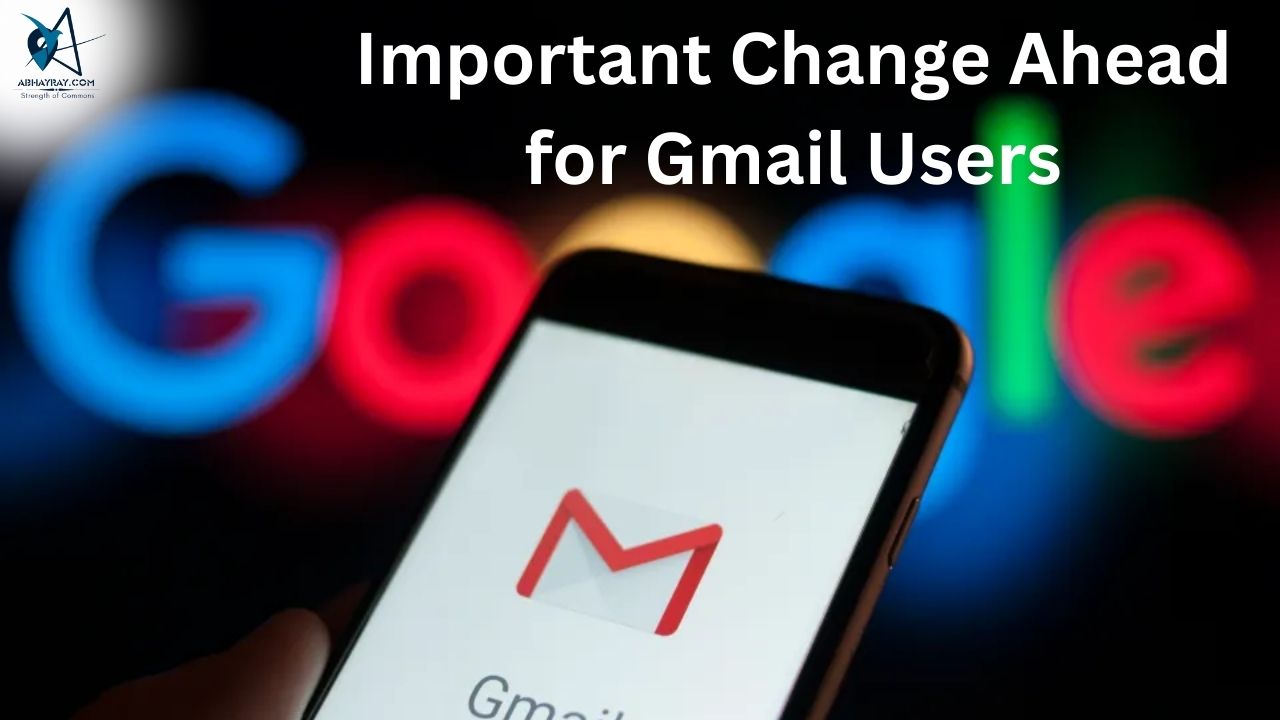Introduction
In a recent report by Forbes, Google announced a significant change to the Gmail authentication process. The company is phasing out the traditional six-digit SMS-based authentication code, which has long been used for verifying Gmail accounts. This change is aimed at enhancing account security by replacing the SMS method with a more secure process using Two-Factor Authentication (2FA), specifically through the use of QR codes. This shift will have substantial benefits in preventing account breaches, improving security, and offering users a more reliable method of verification.
The Growing Issue with SMS-Based Authentication
SMS verification codes have been the standard method for securing accounts across many online platforms, including Gmail, for years. This system was designed to provide an extra layer of security by sending a six-digit code to the user’s registered mobile number whenever they log in from a new device or location. While this system has served its purpose, it has shown significant vulnerabilities over time, especially as cybersecurity threats evolve.
One of the major problems with SMS-based authentication is the growing issue of SIM-swapping attacks. In a SIM-swapping attack, hackers trick mobile network providers into transferring a victim’s phone number to a new SIM card that they control. Once the hacker has access to the victim’s phone number, they can intercept the SMS code used for authentication, allowing them to gain unauthorized access to the victim’s online accounts, including Gmail.
Furthermore, SMS authentication can be vulnerable to phishing attacks, where hackers trick users into revealing their codes by pretending to be legitimate services or organizations. These vulnerabilities have led to a rise in security concerns among tech companies and users alike, prompting Google to reevaluate the use of SMS codes.
The Shift to QR Code-Based Authentication
Google’s proposed solution to these security issues is to replace the traditional SMS-based authentication with a more secure QR code-based verification process. According to Ross Richendrfer, a Gmail spokesperson, the company will introduce a new method of phone number verification in the coming months, using QR codes instead of SMS codes. Instead of entering a six-digit code sent to the user’s mobile phone, users will see a QR code displayed on the verification screen when they attempt to log in.
To complete the authentication process, users will need to open their phone’s camera app and scan the QR code presented on their computer or device. Once scanned, the user will be granted access to their Gmail account. This process offers several advantages over SMS-based verification, most notably enhanced security.
How the New System Will Work
The new authentication process using QR codes will rely on two-factor authentication (2FA), a security method that requires users to provide two forms of verification before gaining access to their accounts. 2FA is considered one of the most effective ways to secure online accounts because it adds an additional layer of protection beyond just a username and password.
With the new QR code system, users will no longer have to depend on their phone number or SMS delivery systems, which are prone to hacking and interception. Instead, by scanning the QR code with their phone’s camera, users can authenticate their login requests without the need for a six-digit code.
This system will significantly reduce the risk of unauthorized access due to SIM-swapping or phishing attacks, as the authentication process no longer relies on the user’s phone number being compromised. Additionally, using a QR code is faster and more user-friendly than manually entering a code, improving the overall user experience. The decision to switch to QR code-based authentication is part of Google’s broader strategy to strengthen its security infrastructure. By implementing this system, Google aims to offer users a safer and more secure way to protect their Gmail accounts from unauthorized access.
The Timeline for the New Feature
While Google has confirmed that the new QR code authentication feature is in development, the exact timeline for its rollout remains unclear. According to Richendrfer, users can expect more information about the feature in the near future. However, there has been no specific date announced for when the change will be fully implemented for all Gmail users. It is expected that the feature will be introduced gradually, with some users likely seeing it sooner than others as part of a phased rollout.
Benefits of the New System
The switch from SMS-based verification to QR code-based 2FA promises several key benefits for Gmail users. These include:
- Improved Security : QR code authentication is more secure than SMS-based codes because it eliminates the risks associated with SIM swapping, phishing, and other forms of hacking targeting phone numbers.
- Faster and More Convenient : Scanning a QR code is a quicker and more user-friendly process compared to manually entering a six-digit code sent via SMS. This will enhance the user experience and make the login process smoother.
- Reduced Reliance on Mobile Networks : SMS-based verification systems depend on mobile carriers’ security measures, which can be vulnerable to hacking and fraud. By moving to a QR code-based system, Google will reduce its reliance on mobile network security, offering an extra layer of protection.
- Strengthened Two-Factor Authentication (2FA) : The QR code method is a form of 2FA, which is recognized as one of the most effective ways to protect online accounts. By incorporating this method, Google will provide its users with a more robust authentication system.
Conclusion
Google’s decision to phase out SMS-based authentication codes for Gmail marks a significant step in improving account security and combating the growing threats associated with SIM-swapping and phishing attacks. By introducing QR code-based verification as part of a two-factor authentication (2FA) system, Google is taking an important step toward offering a safer, more reliable way for users to protect their accounts. Although the exact timeline for the rollout of this feature is still unclear, it is clear that Google is committed to enhancing its security measures and providing a better user experience for Gmail users worldwide. As cyber threats continue to evolve, this shift represents a proactive move in safeguarding user data and privacy.
GMICapitals.com RaysVeda.com GetMyStartup.com LawCanal.com GetMyIndia.com ZinCob.com Angeltors.com

